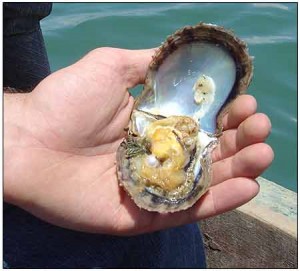Today I received a comment from Miss Teacha on a post I published almost a year ago called Is ‘lecture’ a 4-letter word? She continues our love-hate relationship conversation about lecture. I started to write my reply as a comment and then decided to post it as its own post. So here it is.
Thanks for following up on this conversation, Miss Teacha! I think the mark of a successful lecture is when you need to calm the class down, when you need to redirect their energy. Lecture is not merely a content delivery system, though it can be and often has the reputation of being solely that.
I no longer teach economics. The required course for Grade 11 has been changed to Contemporary World Issues beginning this year. It’s a course based on themes rather than specific content and I am in the middle of a section on the themes of tension and conflict using information from different areas of the world – Monks protesting in Burma; Seal Hunters in Nunavut, the Maritime provinces, and Quebec; living in the Gaza strip; living in Sri Lanka… *** (see below)
There is SO much content that if I lectured it all they would never get to the juicy stuff of developing their own definitions of tension and conflict or debating different intervention strategies. So I give them articles, music, video to read, listen to, view, and talk about in small groups. They check their understanding with me during group and class discussions – sometimes I point them to the computers for background research and sometimes I give them the background (and sometimes I even let them know that I don’t know the background very well and we research it together).
When I give them the background it may be done as a whole class exercise, where I stop activity and give background to the entire class, or to individual groups, depending on the need. If only 1 group isn’t getting something, why make others who do get it stop what they are doing?
I am finding that this kind of lecture is effective because the students see the need for it. The lecture happens because they have asked for it and not because a) it’s easier for me or b) it’s what I think they should learn. They often interrupt in order to ask questions and link what I am saying to their articles or videos or songs or however it is they are gathering their information.
So, again, lecture does not have to be a 4-letter word. Thanks to Miss Teach for following up on this conversation.
***I am lucky that this unit (we call them Learning Evaluation Situations (LES) in Quebec) has been developed for the course by a Quebec English schools support centre. It is the only teaching material for this course that has been made available to us in English so far, beyond the curricular guidelines (basically the competencies (like standards) and their descriptors). Apparently there is a textbook that is being published in sections but I have yet to see it.

